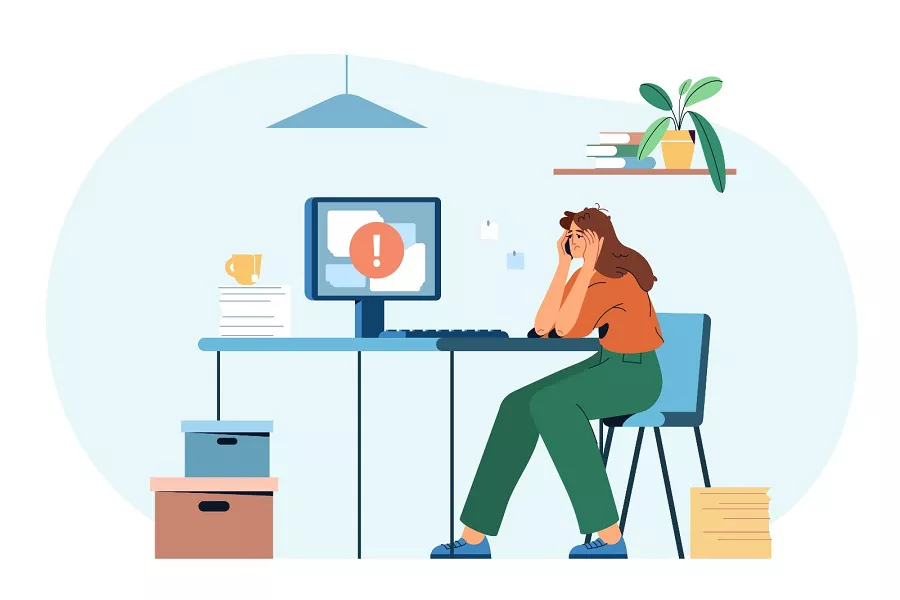The worldview is constantly being built, then collapsed, rebuilt, then collapsed again, and the cycle goes on and on. This is the experience of people with bipolar disorder. Bipolar disorder is called bipolar disorder, and depression is called unipolar disorder. The so-called “bipolar” means that the patient’s mood will fluctuate repeatedly in two extreme states, sometimes reaching the peak of mania, and sometimes falling into the trough of depression. Emotions are like riding a roller coaster, rising and falling. Bipolar disorder is actually a worse disease than depression, because a person with bipolar disorder may change from a person who is energetic, quick-witted, and thinks he is very good to a pessimistic and depressed loser in seconds. The difference between bipolar disorder and depression Bipolar disorder has an early onset. Bipolar disorder is more likely if the patient develops the disease before the age of 25. If it is middle-aged or older, depression is more likely.
Bipolar disorder has both depressive and manic or hypomanic episodes. If the patient has had a previous manic episode, even just once, it is considered bipolar disorder, not depression. Depression is never a mania. Bipolar disorder is a common mental disorder that can be divided into two phases: mania and depression. Depression is characterized by low mood, decreased activity, and loss of interest in everything—sometimes not even having the strength to pick up things that have fallen on the floor. At the same time, it will be accompanied by poor sleep, memory loss, unresponsiveness, inefficiency in doing things, lack of energy, lack of energy in doing things, and even feeling very negative, hopeless, helpless, and feeling useless. Seriously there will be wanting to die, or even suicide. During mania, the patient will be very excited, high-spirited, talkative, nosy, easy to lose his temper, spend money indiscriminately, not sleep all day, and have a high self-evaluation.
Another common name for bipolar disorder is genius disease. Many writers, artists, philosophers are bipolar, such as Van Gogh, Churchill, Marilyn Monroe. Some even believe that bipolar disorder can be an inspiration for artists. But in fact, even in a manic state, the inspiration is only short-lived, because it is difficult to concentrate. People with bipolar disorder have severe and persistent mood swings, with periods of mania and periods of depression. It takes at least 3-4 days for mania, usually more than 7 days, and half a month for depression. If you are diagnosed with bipolar disorder, it is generally difficult to recover through self-healing, and treatment is required. For psychiatry, bipolar disorder is a very common disease, and the early treatment effect is better, and most patients can achieve clinical cure. At present, the treatment of bipolar disorder is mostly a combination of drug therapy, physical therapy and psychotherapy.
Patients with very mild symptoms can be treated with psychotherapy, while those with severe symptoms generally require drug treatment or even physical therapy to achieve results. Bipolar disorder can be divided into three stages: acute treatment, consolidation treatment and maintenance treatment according to the course of the disease. If the symptoms are controlled in the acute stage, it must be consolidated for at least one to two years, or even three to five years. Many people with mental disorders are very kind people. It is precisely because they are kind-hearted, cannot bear to hurt others, and do not have enough strength to protect themselves, that they turn all the troubles that are difficult to deal with into emotions to punish themselves, and slowly evolve into attacks on themselves. What they need is just a little more understanding and love.




























